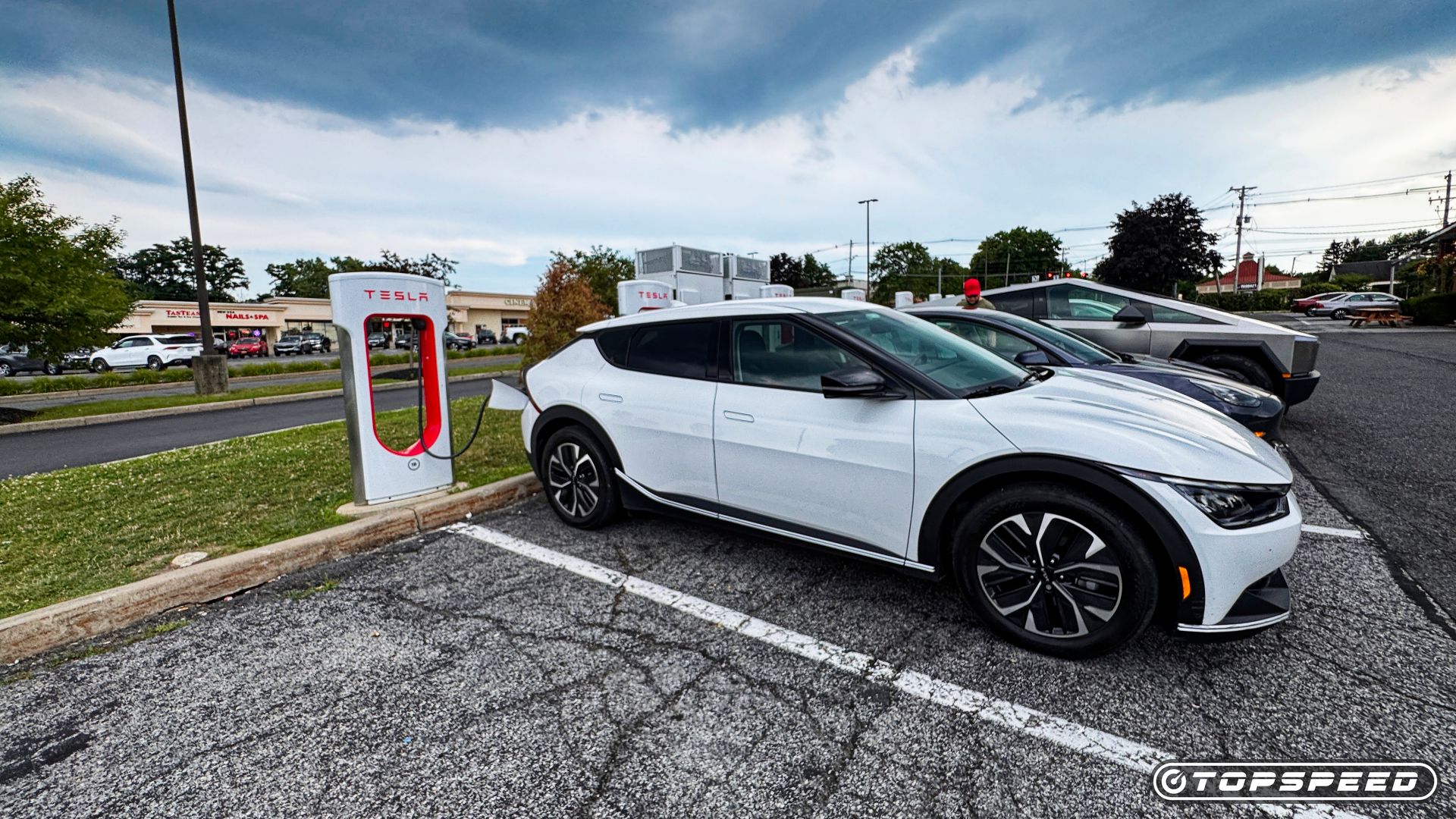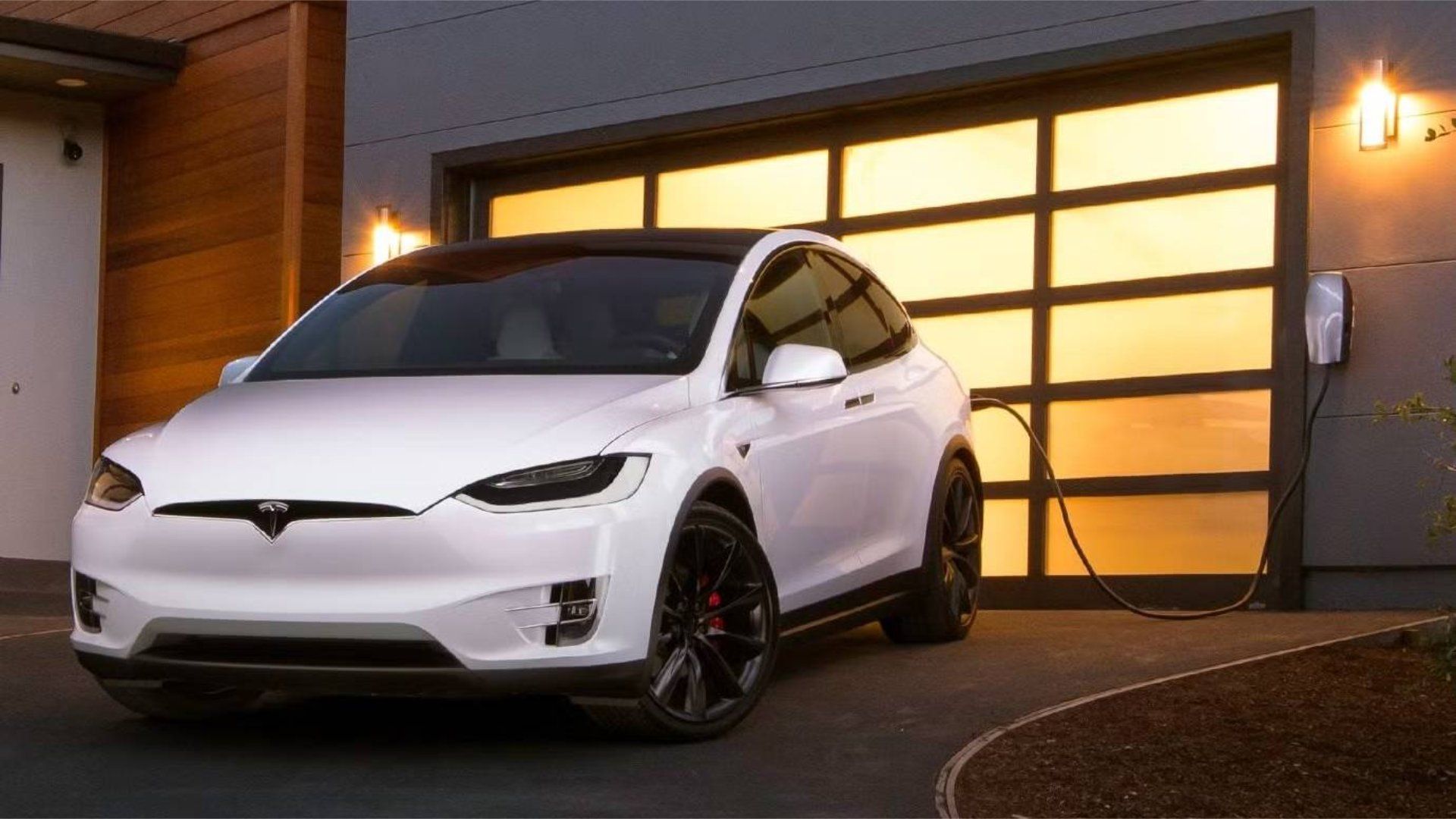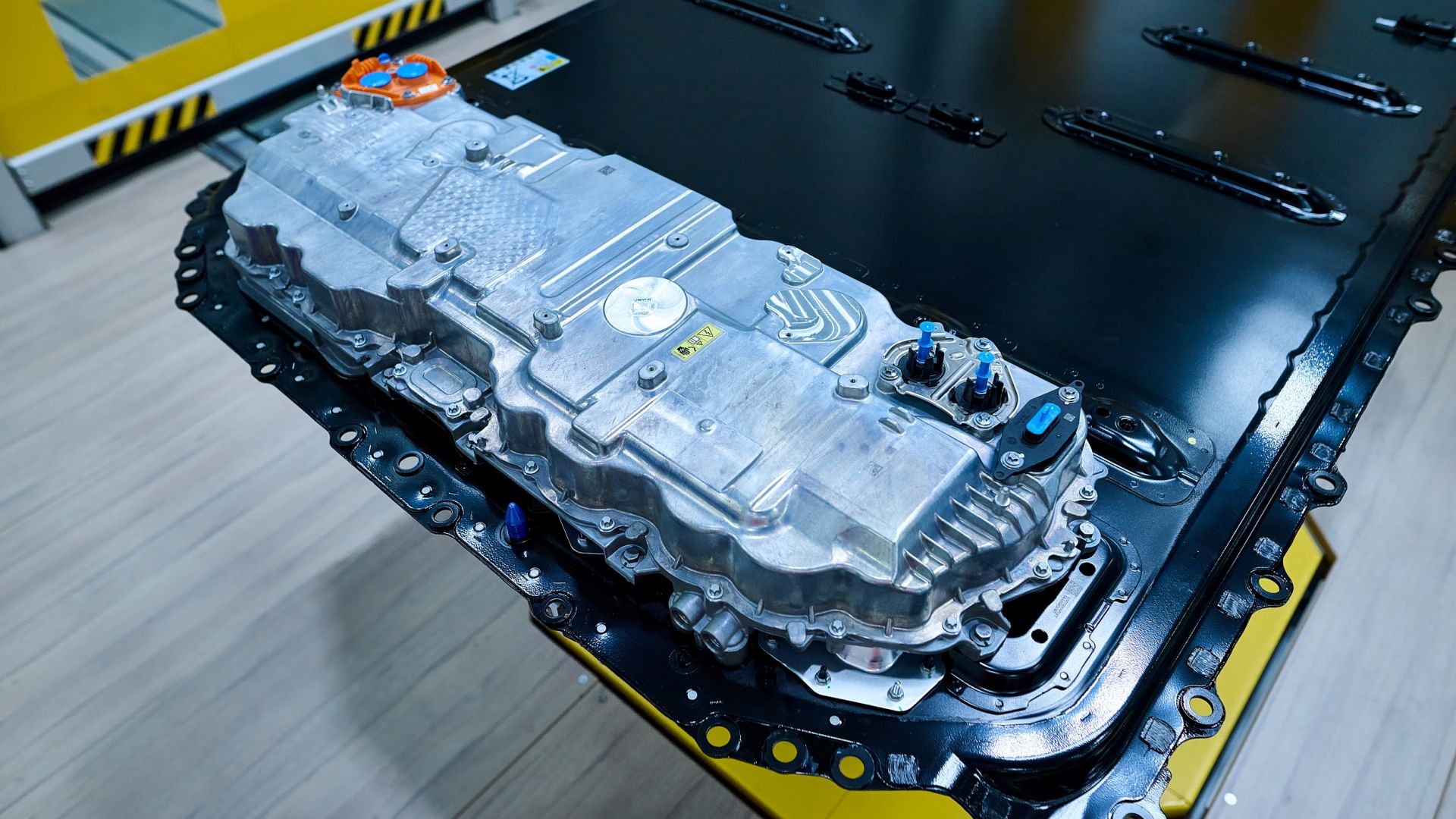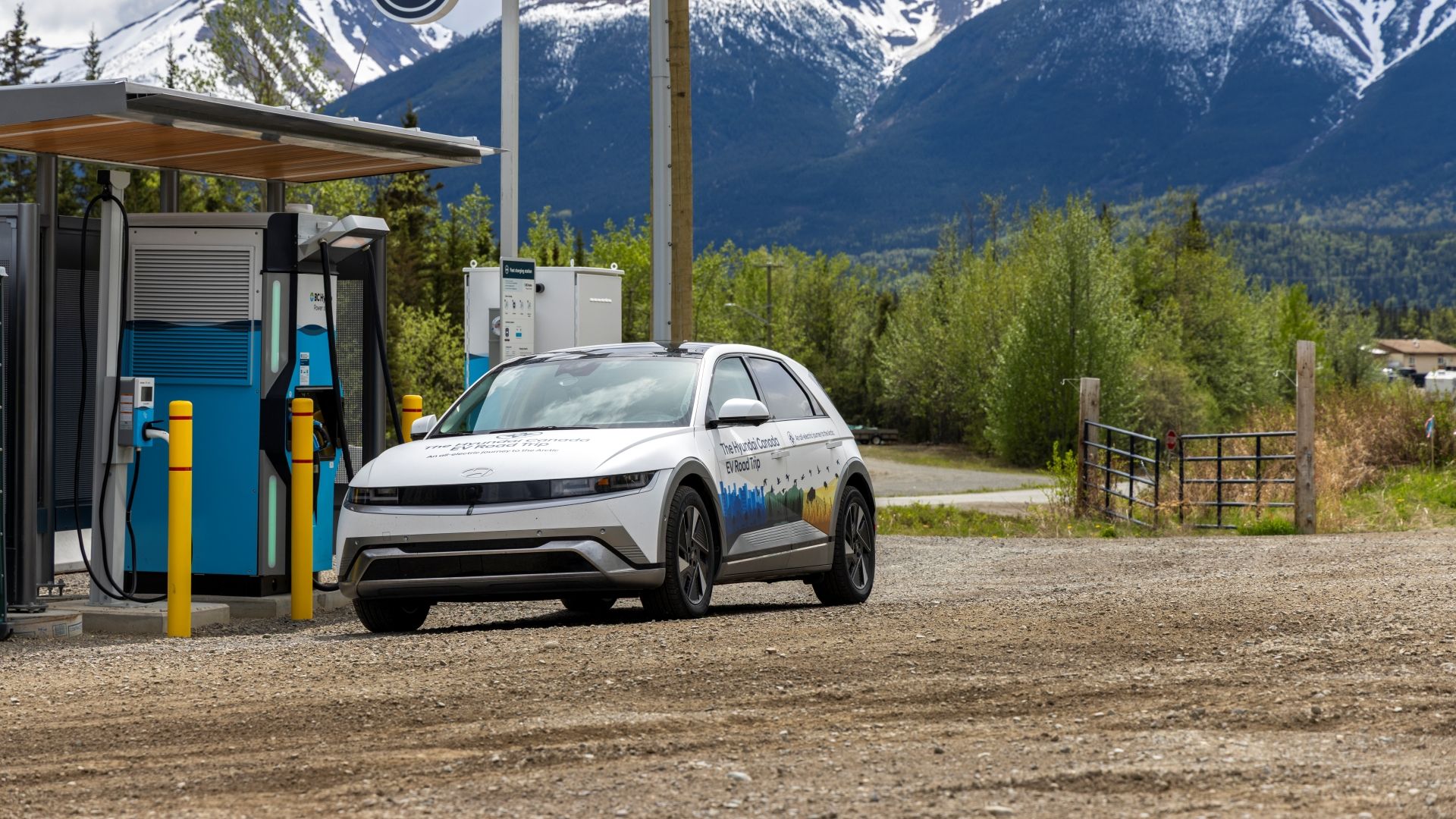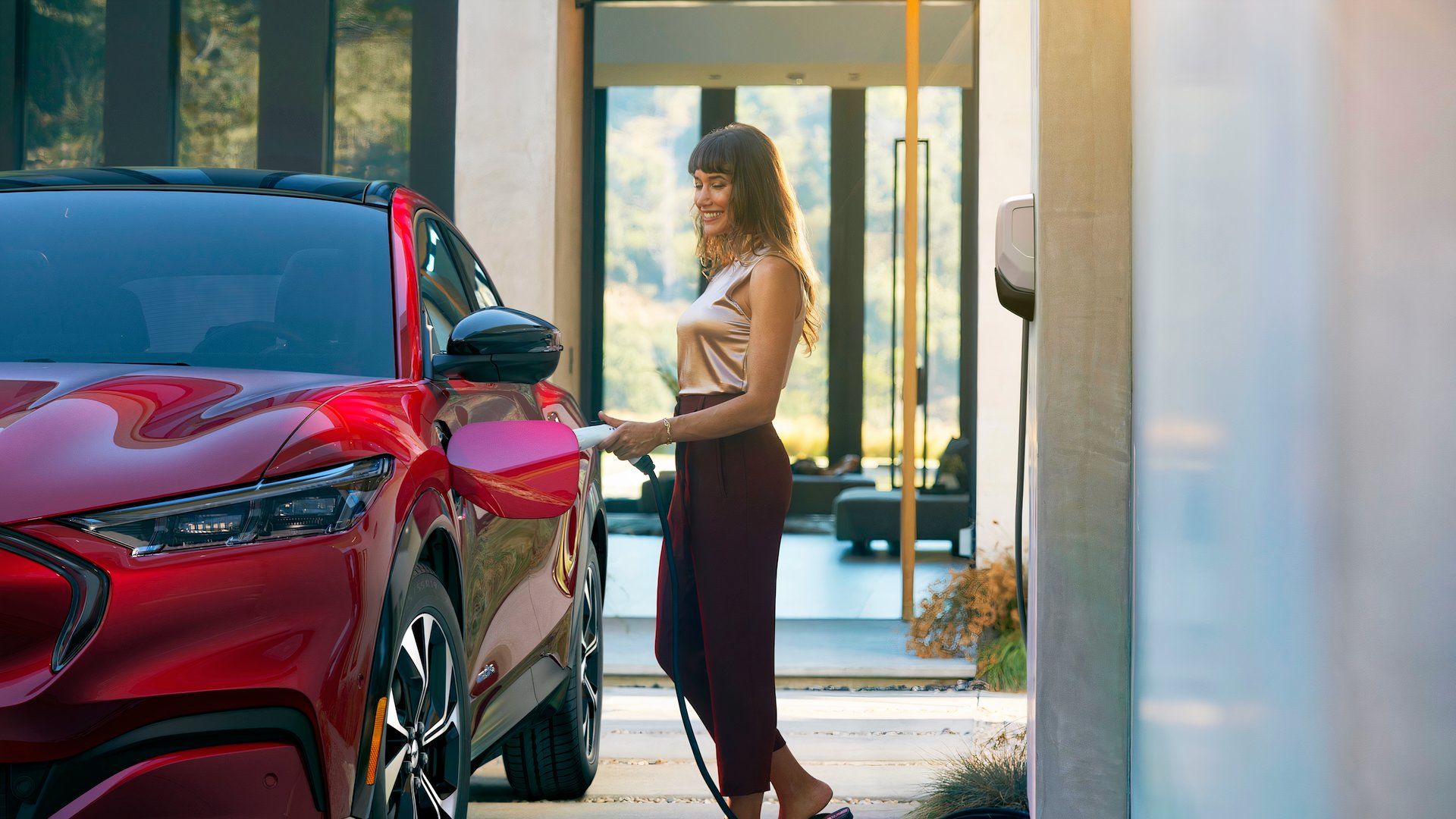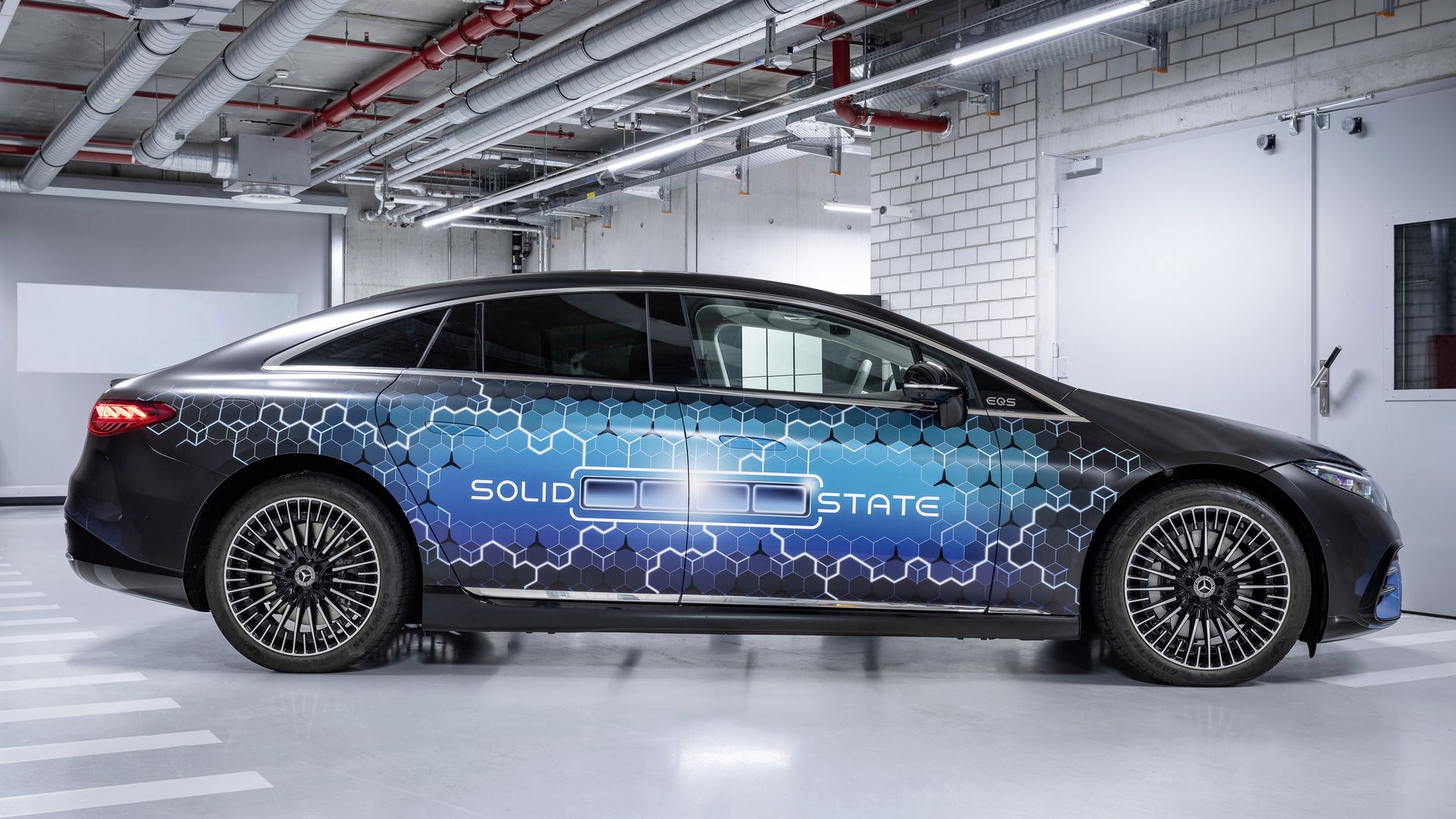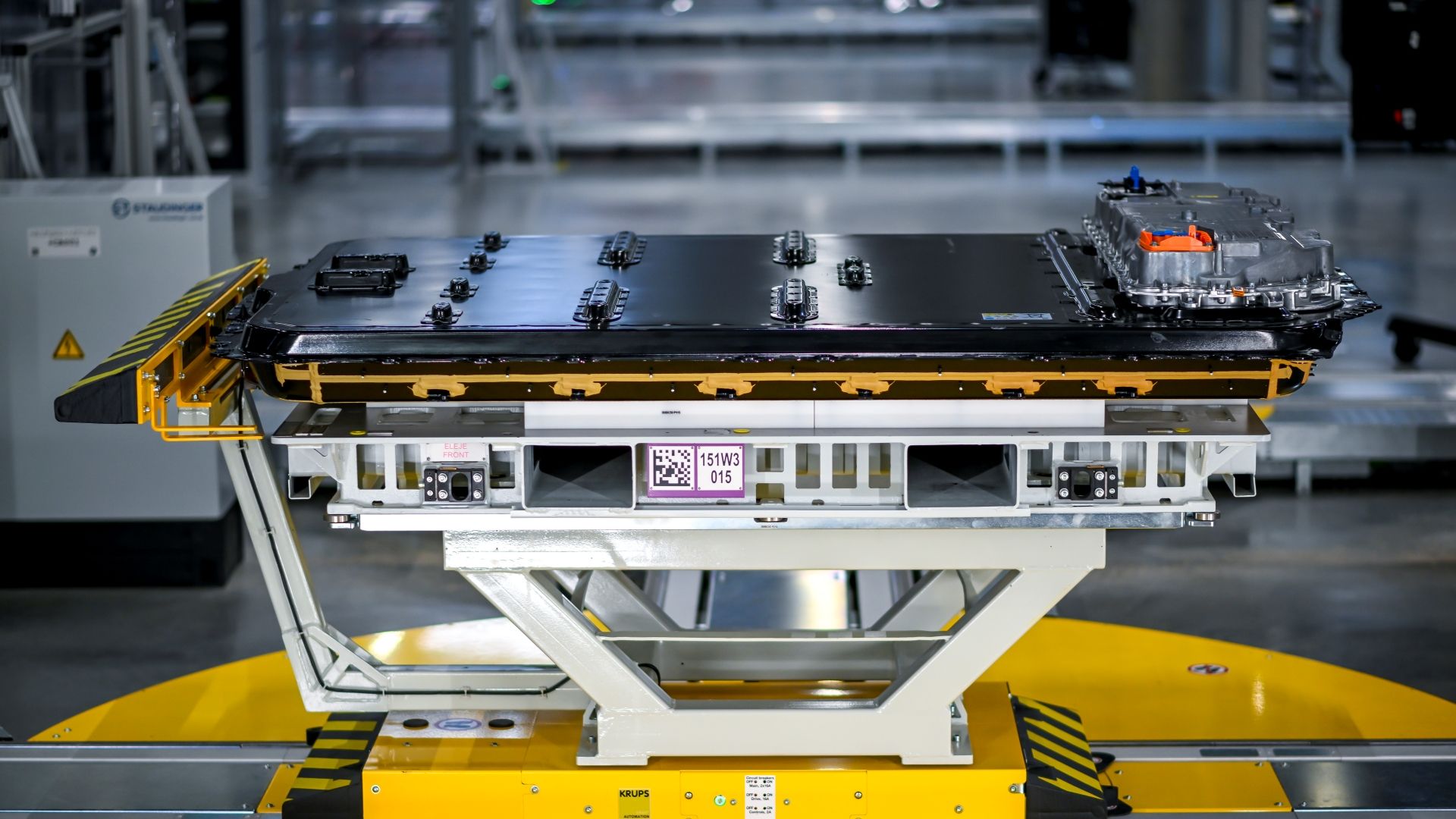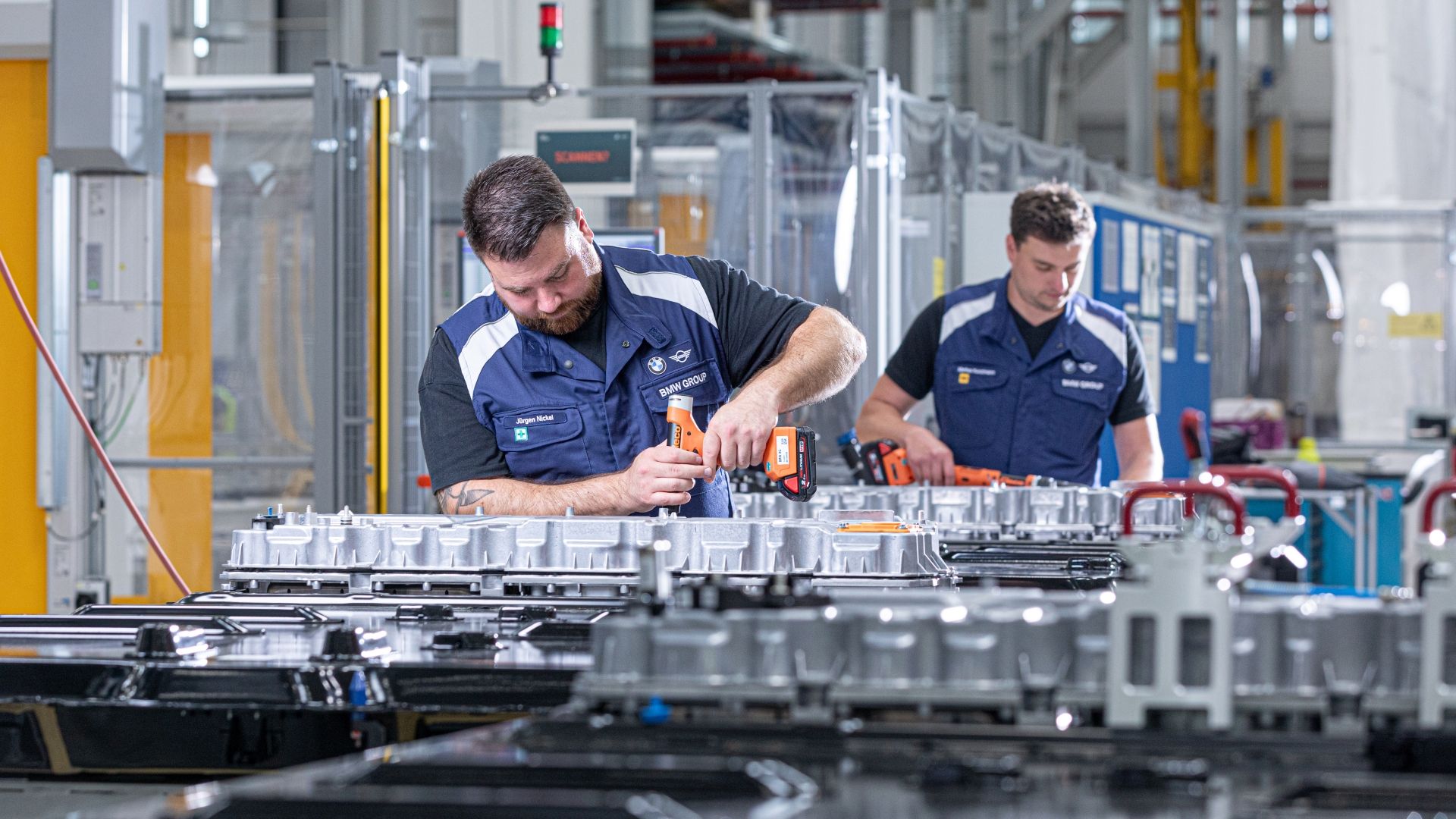Electrical automobile possession is a really completely different expertise in comparison with what you’ll encounter with day by day driving a traditional ICE. One of many greatest variations within the possession expertise is managing the way you cost the battery pack, versus merely filling a tank up with gasoline. One issue that also has a giant affect in your resolution to contemplate an EV is the very fact that you will have to exchange the battery pack as time and use progresses. That is sometimes required after 15 years or 150,000 miles of standard use, however there’s a means you may lengthen your battery pack’s longevity.
Many consultants suggest that you simply hold your lithium-ion battery pack’s state of cost between 10 and 80 p.c always. This can be a follow that applies to all electronics that function the sort of battery pack, together with smartphones. Whereas this may occasionally translate to some stage of impracticality, because it equates to much less vary, it should work out in your favor in the long term by granting you a bit extra time and distance earlier than you’ll want to splash out on a brand new battery pack.
So as to provide the newest and correct info doable, the info used to compile this text was sourced from varied producer web sites and different authoritative sources, together with GeoTab and Recurrent.

Associated
Your Information To CHAdeMO Chargers: How They Work And The place To Discover Them
From what they’re and the way they work to the place to seek out them and which EVs they’re appropriate with, here is every little thing you’ll want to find out about CHAdeMO.
The Significance Of Conserving Your Battery’s Cost Under 80 P.c
The Greatest Battery Capability State-Of-Cost Vary
Conserving an EV battery’s state of cost between 10 and 80 p.c preserves its long-term well being. Taking this follow on reduces the electrochemical stress that damages lithium-ion cells. Battery degradation happens quickest when the cells are both practically empty or totally charged. These extremes trigger enlargement and contraction within the cell supplies that weaken their inner construction.
The state of expenses north of 90 p.c leads to the voltage throughout the cell considerably rising, which in flip accelerates chemical reactions that kind undesirable byproducts on the electrodes. This may scale back the battery’s means to carry a cost and might improve inner resistance, which implies you will need to put up with much less vary and slower charging.
Whenever you run the battery too near zero p.c, the pack will go into deep discharge, which causes the voltage to drop beneath protected thresholds and pressure the anode, growing the chance of everlasting capability loss or battery failure. This can be a concern for any electronics with a lithium-ion battery, which is why it is suggested to by no means let any battery run fully flat for those who can.
The Significance Of The ten To 80-P.c Cost
The ten- to 80 p.c window retains the cell chemistry in a extra secure working vary, limiting warmth buildup and mechanical put on. It additionally maintains a balanced lithium-ion circulate between the electrodes. Most EVs use energetic battery administration methods to maintain cell temperatures inside protected limits, however these methods cannot totally counteract the chemical put on that occurs when consistently charging to 100% or draining the pack beneath 10 p.c.
You’ll be able to delay battery capability loss, protect driving vary, and doubtlessly lengthen the usable lifetime of the battery pack properly past the usual eight-to-ten-year guarantee interval by charging partially and avoiding excessive empty or full states. You may additionally discover that taking this strategy improves thermal administration and reduces the probability of triggering software-based charging throttles or vary limitations, which some producers apply when a pack begins to degrade.
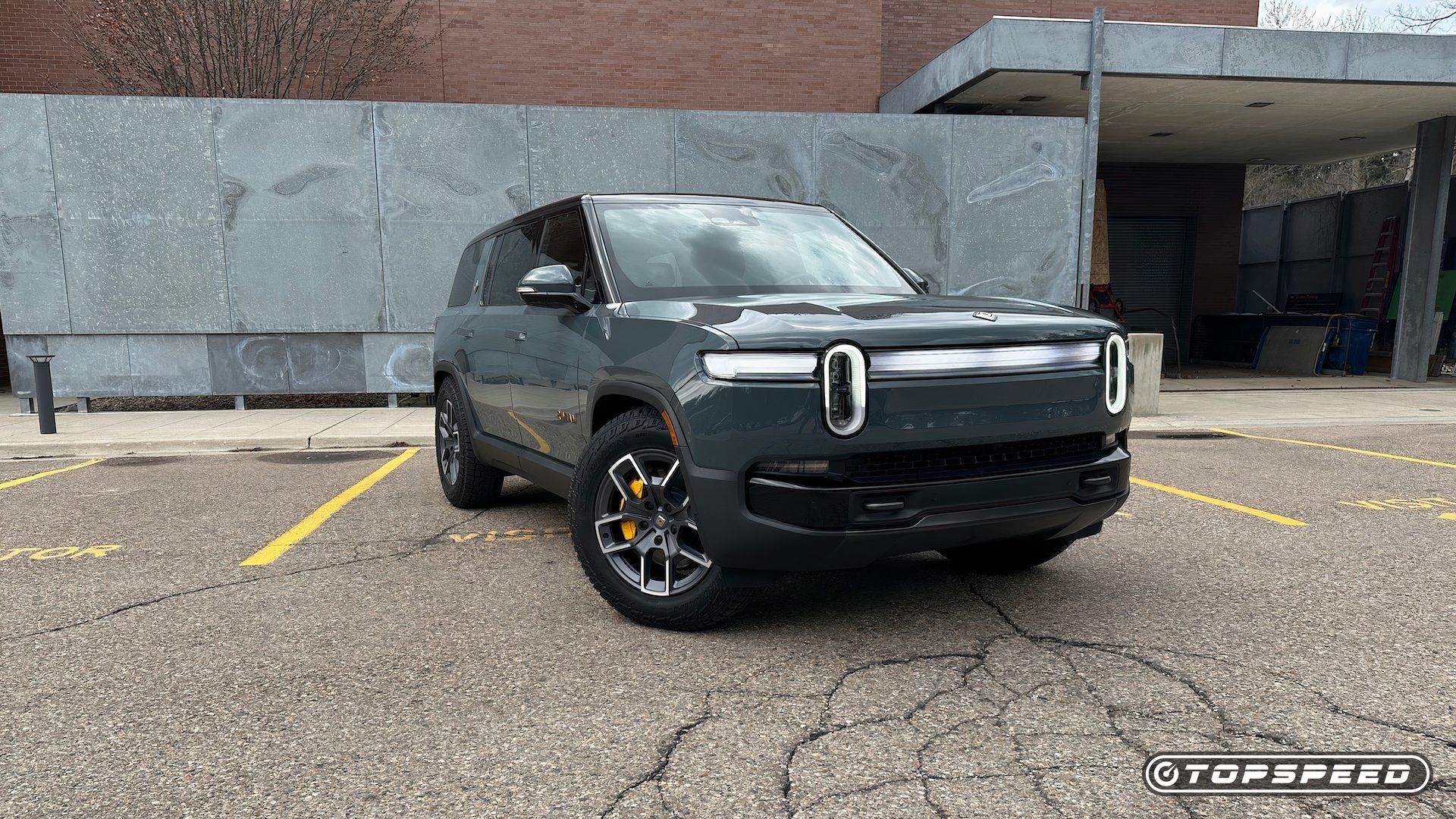
Associated
Rivian Overhauls Its Charging Tech To Make It Quicker, Simpler, And Higher
Rivian is updating its charging tech to assist ease one of many greatest friction factors in EV possession.
What Occurs When You Drain Or Fill Your Battery
The Impracticalities Surrounding EV Battery Recharging
You’ll be able to anticipate noticeably sooner degradation for those who recurrently cost an EV battery to 100%, particularly with out instantly driving afterward. Some packs will lose as much as 20 p.c of their capability inside 5 to eight years when recurrently subjected to this follow. Charging to full will increase the battery’s voltage and accelerates facet reactions on the cathode, which kind stable electrolyte interface layers and trigger lithium plating.
These results restrict ion motion and scale back capability, which turns into extra extreme when mixed with frequent DC Degree Three quick charging. This technique pumps excessive present into the pack at speedy charges that generate extra warmth and mechanical pressure. Quick charging is probably the most handy type of recharging a battery, particularly for those who’re masking lengthy distances recurrently, however for those who depend on it too typically, it’s going to elevate battery temperatures, leading to elevated stress on the inner parts. That is very true for those who repeatedly frequent excessive states of cost.
Most EVs sluggish the cost charge above 80 p.c to cut back this put on, however warmth and voltage stress nonetheless accumulate sooner than with slower charging strategies. For day-to-day use, Degree Two AC charging provides the very best stability between pace and longevity, as a result of it delivers energy at a gentler charge and permits the battery to handle warmth extra successfully whereas charging within the perfect voltage vary.
Degree Two additionally helps preconditioning options and lets homeowners schedule charging throughout off-peak hours, which may additional shield the pack and scale back electrical energy prices. Utilizing a Degree Two system to cost your battery to 80 p.c will sluggish battery degradation and keep optimum efficiency. If you happen to persist with this technique, there is a very sturdy probability that your battery pack will be capable to cowl as a lot as 180,000 miles earlier than you’ll want to contemplate having the modules changed. A latest research by GeoTab highlights that the typical lack of battery capability presently sits an 1.8 p.c each year.
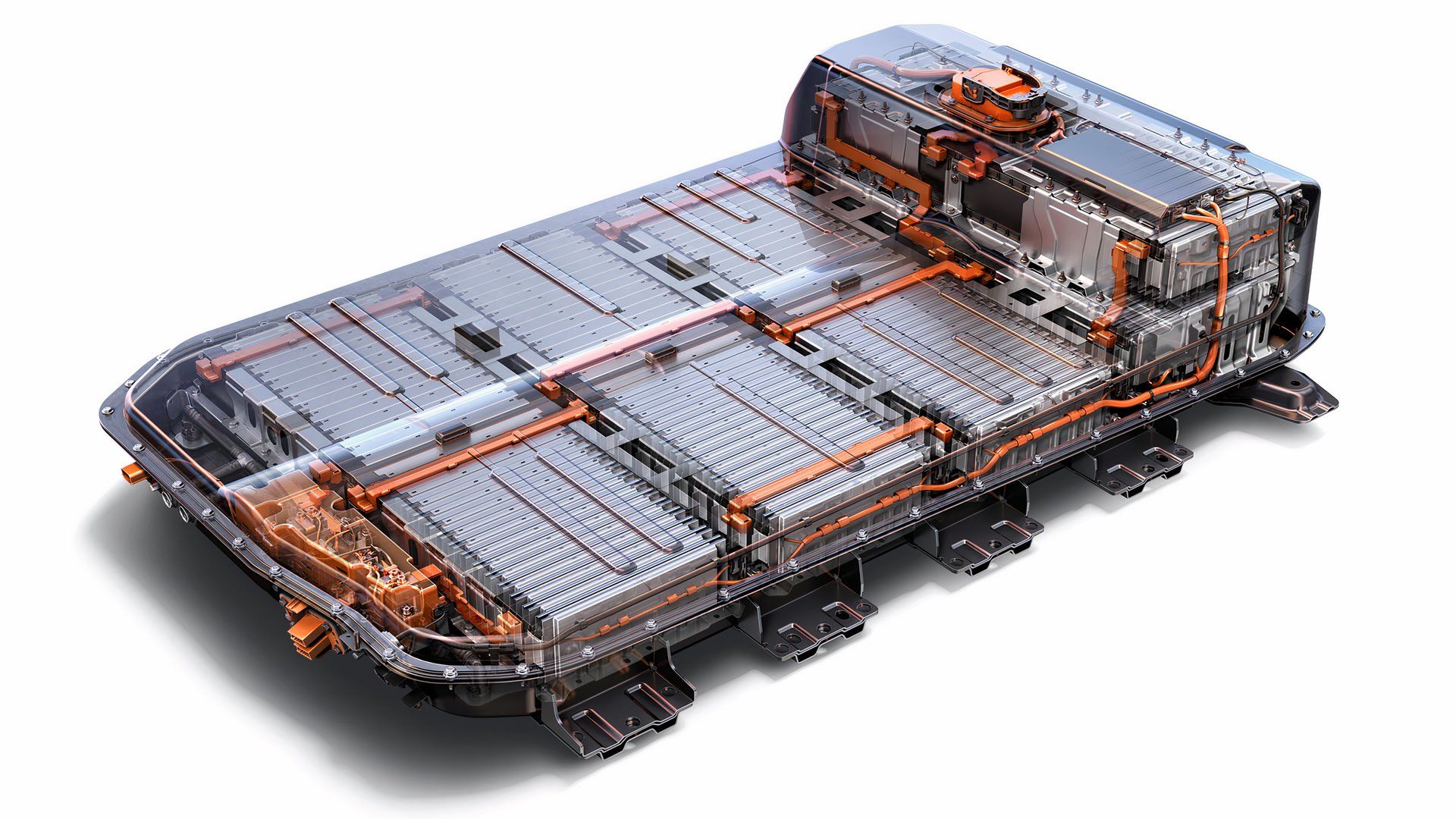
Associated
New Sodium-Ion Battery Design Can Cost To 80 P.c In Simply Six Minutes
This expertise could possibly be an energy-storage breakthrough.
The Future Of EV Power Storage
New Chemistries Goal To Resolve Battery Longevity
EV battery expertise continues to evolve quickly as automakers and cell producers chase enhancements in sturdiness, value, and long-term efficiency. Lithium-ion chemistries stay the trade customary, however a number of next-generation variations are rising to cut back degradation and improve stability.
Lithium-ion phosphate is one chemistry that provides improved thermal stability and longer cycle life with decrease manufacturing prices, although they’ve decrease power density than nickel-rich chemistries. Many manufacturers now reserve LFP for base fashions, the place vary is much less vital and sturdiness is the next precedence. To fight the damage from quick charging and deep biking, some producers are refining battery administration methods with smarter thermal regulation and adaptive charging algorithms that be taught driver patterns.
Different producers and builders are experimenting with superior electrolyte components that scale back lithium plating and suppress the chemical reactions that degrade electrodes. Probably the most important leap, nonetheless, lies in solid-state battery expertise, which replaces the flammable liquid electrolyte with a stable materials that permits for increased power density, sooner charging, and drastically lowered danger of dendrite formation.
Strong-State Batteries Stay A Precedence
Manufacturers like Mercedes, Toyota, Hyundai, and QuantumScape are closely invested in solid-state cell expertise, and promise that the expertise may double vary and halve charging instances whereas bettering longevity by minimizing mechanical put on contained in the cell.
Manufacturing stays a number of years away, however pilot applications and prototypes already present promise for high-volume use by the late 2020s, making this probably the most viable subsequent step for electromobility power storage options. Recycling efforts are additionally ramping as much as recuperate lithium, nickel, and cobalt for reuse, decreasing the environmental and monetary value of future packs.
As these developments scale, patrons can anticipate longer warranties, fewer vary losses over time, and batteries that stay usable past the lifetime of the automobile. Mixed with modular pack designs and improved cell-to-pack integration, the following era of EVs will function battery sturdiness that rivals at this time’s combustion engines whereas remaining cost-effective throughout a variety of EV choices.
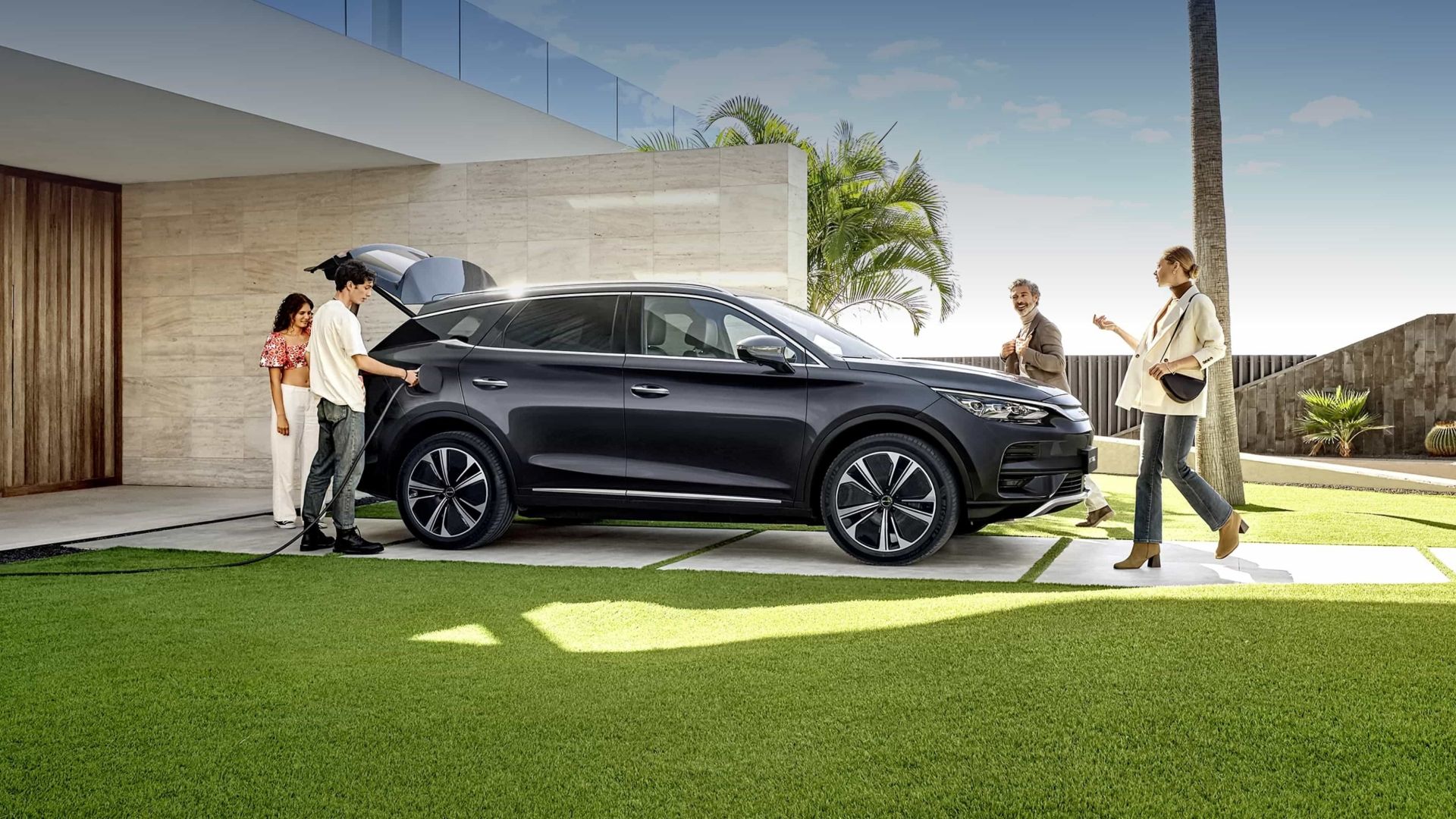
Associated
These Firms Will Revolutionize The EV Business With Megawatt Charging
That is a completely groundbreaking technological improvement for electrical automobiles.
What Occurs To Your Battery When It Reaches The Finish Of Its Life
The Inevitable Battery Restore Job
When an EV battery pack overcharges, the voltage within the cells rises past protected limits, which triggers chemical instability and causes electrolyte breakdown, elevated warmth, gasoline buildup, and in excessive instances, thermal runaway. Most trendy EVs forestall this with software-controlled battery administration methods that cap charging voltage and minimize energy earlier than important harm presents itself. Nonetheless, you do must be conscious that persistent charging to 100% nonetheless places stress on the electrodes.
In doing so, you’ll anodize the lithium plating, which swells the cell buildings, leading to a gradual lack of usable capability. You’ll discover lowered vary, slower charging speeds, and extra frequent state-of-charge fluctuations when the battery reaches the tip of its lifespan. Regenerative braking may also turn out to be much less efficient, whereas the EV’s software program will very seemingly restrict energy output to shield the degraded pack, much like how a smartphone’s software program slows right down to protect a battery’s state-of-charge.
Changing A Battery Pack’s Defective Modules
As soon as the battery’s usable capability drops beneath about 70 p.c, some producers provide diagnostics to evaluate whether or not a full pack substitute is critical. Most often, the difficulty lies in a number of weak modules somewhat than all the battery, so some manufacturers and third-party specialists now provide module-level replacements, that are cheaper and extra sustainable than a full battery pack change.
This course of includes eradicating the defective modules, testing the remaining cells for stability, and putting in matched replacements to revive efficiency. The price will depend on pack design, availability, and labor, however it typically ranges between 15 and 40 p.c of the total battery value. Based on Recurrent, this prices round $3,500 per module, on common.
With modular battery architectures changing into extra frequent, the trade is slowly shifting towards simpler and cheaper repairs. Some EVs even permit distant monitoring of cell well being, making proactive upkeep extra accessible. In the end, whereas battery put on is inevitable, sensible charging habits and entry to focused repairs can hold most EVs on the street lengthy after the unique guarantee ends, with restored efficiency and prolonged worth.
